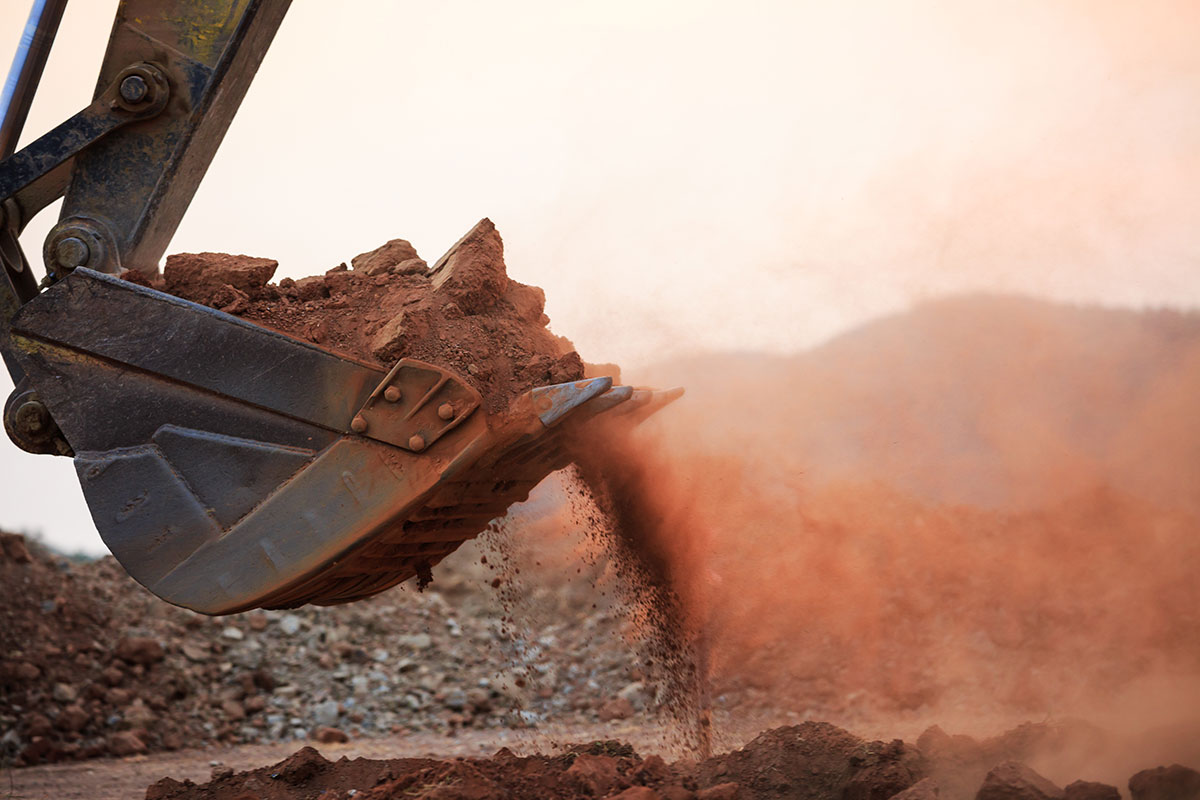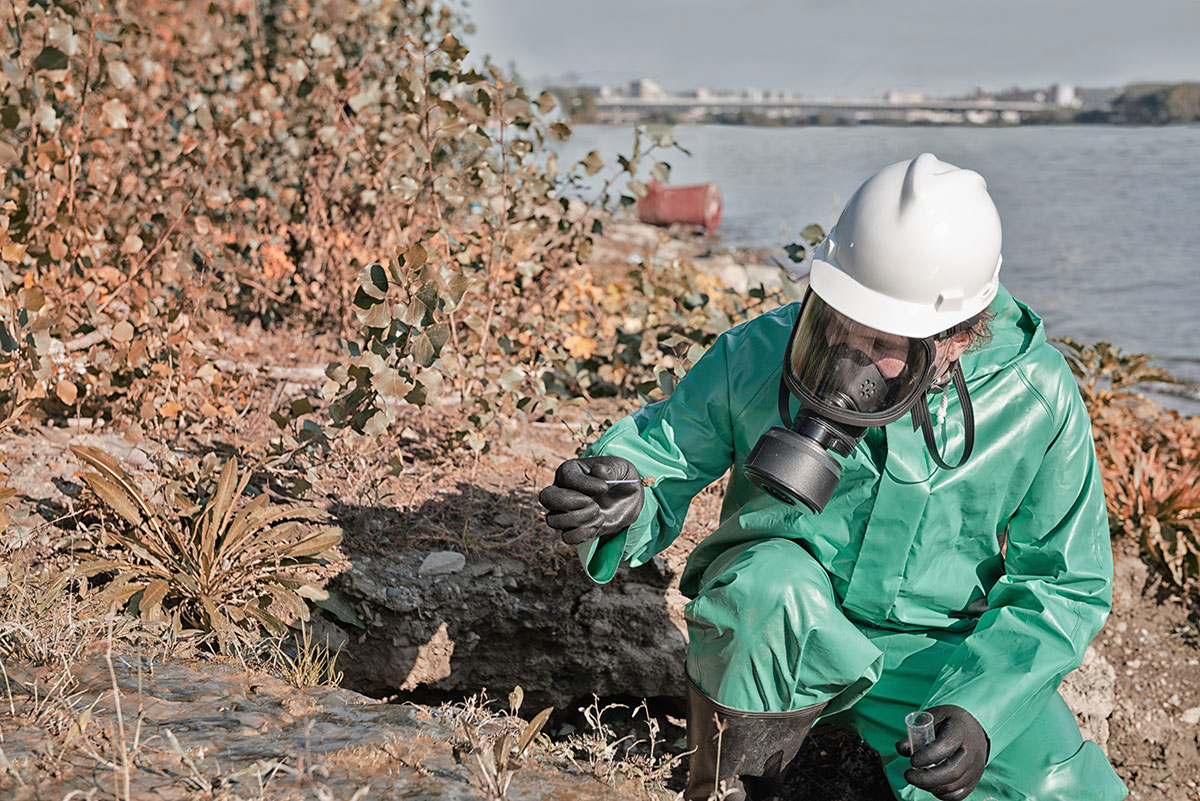Soil Excavation

Excavating is the process of creating a man-made cut or cavity within the surface of the Earth. Soil excavation is necessary for construction projects like water and sewer piping, power line construction, repairing foundations, and other structural work. It can be an extremely hazardous process for workers, so it’s important to use caution and know all the different soil types. Trained professionals should be educated on the four different classifications for soil in order to achieve optimal results for excavation.
Four Types of Soil
There are four types of soil that professionals should be aware of when planning for dirt excavation. These include Stable rock, Type A, Type B, and Type C. Stable rock is already affected during the excavation process. Thus, the other three types of soils are more important.
Type A
Type A soil is cohesive and the most stable type of all three soils. It has a slope angle of ¾: 1. In other words, every foot of depth means the sides of the excavation will slope ¾ back a foot. Examples of this kind of soil include clay, sandy clay, clay loam, and silty clay. However, if the soil is fissured or subjected to vibration from traffic, it is not Type A. Type A soil has also never been touched before. It has a compression strength of 1.5 tons per square foot.
Type B
Type B soil is also a cohesive soil and has a compression strength lower than Type A’s at 0.5 tons per square foot. An example of Type B soil is angular gravel, much like crushed rock. These soils have been previously disturbed, unlike Type A soil. Type B soil could have a compression strength similar to Type A soil, but if it is subject to vibration or has been fissured then it is Type B.
Type C
Type C soil is the final type of soil. It is also cohesive and has a compression strength of 0.5, but is classified as type C soil when the soil contains sand and gravel. This soil also allows water to easily pass through. Type C soil can also be submerged rock that is unstable.
Cohesive soil indicates that the soil has a high clay content, and does not crumble apart easily. It can be excavated with plastic when wet. Granular soil can not easily be shaped when wet; popular examples include gravel, sand, or silt, therefore making it incohesive. This kind of soil is less than 85% gravel and sand, but it does not have enough clay to be molded.

Sample Soil Procedure
A sample of soil can be taken to determine what type of soil workers are dealing with. The soil can be scooped using a shovel and deposited in a clear plastic bag. Your sampling size needs to be at least 2 pounds of soil, which usually fills about half of a gallon sized bag. Retrieve a sample of soil from each layer of soil excavated and make sure it is closed properly inside an airtight bag. All samples are analyzed at the OSHA Salt Lake Technical Center.
There are a lot of steps to ensure optimal safety when performing soil excavation and soil remediation. Because the process can be so tedious and dangerous, let Clean Management deal with the excavation of contaminated soil to ensure professional, high-quality results. We are available across the country to handle any project.






